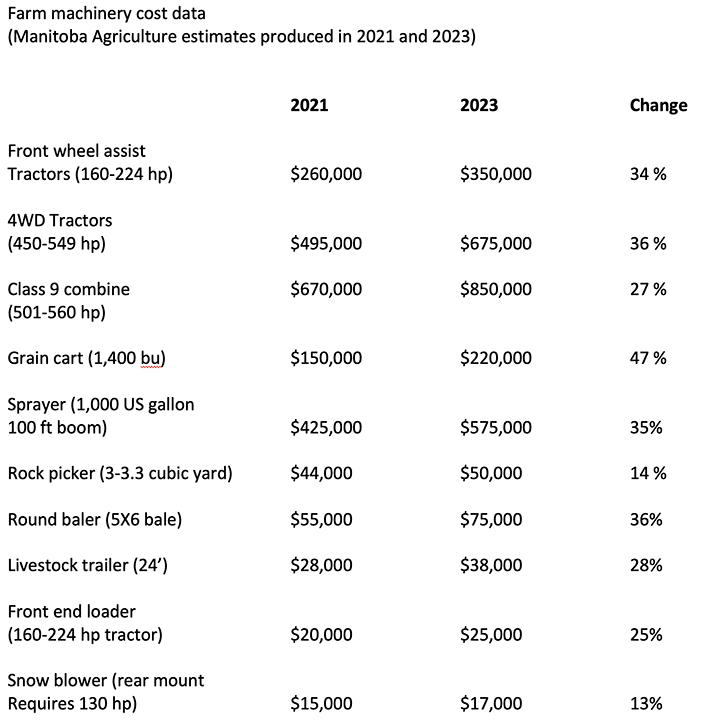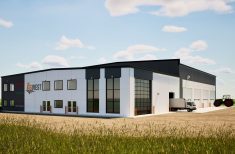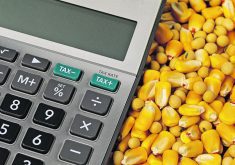About 99 percent of farmers are already aware of this fact, but growing crops and raising livestock has become very expensive.
In a report on farm income released November 28, Statistics Canada said that operating expenses for farmers (after rebates) hit $73.3 billion in 2022. The cost of fertilizer, feed, fuel, seed and other inputs increased nearly 20 percent over 2021 and was up 32 percent from 2020.
The increase in expenses from 2021 to 2022 was 19.9 percent, the largest year over year jump since 1979.
Read Also

Short rapeseed crop may put China in a bind
Industry thinks China’s rapeseed crop is way smaller than the official government estimate. The country’s canola imports will also be down, so there will be a lot of unmet demand.
The Stats Can data isn’t all that shocking, seeing how prices of toilet paper, half-ton trucks and nearly everything went crazy during the pandemic. But the details within the report are noteworthy. Comparing operating costs from 2020 to 2022:
- Farmers spent $11.7 Billion on fertilizer in 2022, nearly double the $5.9 B in 2020
- Machinery fuel went from $2.3 B to $4.3B, a jump of 87 percent
- Feed – $8.6B to $11.6B, a jump of 35 percent
- Interest costs increased from $4B to $5B, up 25 percent
- Crop and hail insurance jumped from $1.0 B to $1.5 billion, up 50 percent
- Non family wages – $4.6B to $5.2B, 13 percent
- Pesticides – $2.9B to $3.5B, 21 percent
One expense not mentioned in the Stats Can report, was the cost of combines, tractors, sprayers and other equipment.
Manitoba Agriculture estimates the costs of farm equipment every two years. It’s most recent report, Cost of Production Farm Machinery for 2024-2025, says prices for some equipment has climbed 25-62 percent in the last two years.
“I’ve been doing this for quite a few years now (the machinery cost report). Generally, we would see two-five percent increases per year. That would be a four to 10 percent increase over the two year span,” said Darren Bond, a farm management specialist with Manitoba Agriculture.
“Obviously, we’ve really eclipsed this (rate of increase).”
Bond shared some highlights of the farm machinery cost report, during a Manitoba Agriculture CropTalk November 29. Over the last two years:
- Medium, front wheel assist tractors (160-224 hp), $350,000, up 35 percent
- 4WD tractor (550 hp or more), $725,000, up 28 percent
- Class 9 combines, $850,000, a jump of 27 percent
- Large air drill/seeder with independent openers, $950,000, 62 percent
The rapid rise in air drill prices, isn’t just about inflation.
The latest models are larger and more elaborate than the previous generation.
“I would point to the air tanks and how big they’ve (become). Now we’re seeing air tanks (that are) well over 1,000 bushels,” Bond said. “Those size of carts… you need flotation options, you need two fans, dual shoot… separate fertilizer placement… all the electronics that go with it. It just adds, adds and adds (to the cost).”
Bond also discussed the price of combines.
A Class 8 combine can cost $750,000, without a header.
The header will add $70,000 to $140,000 to the total price.
Then there are the options.
“Take a combine, a track option is $100,000,” Bond said.
“These options on these pieces of equipment can just go through the roof.”

Bob Cochran, chair of the Agricultural Manufacturers of Canada, said some of the price increases are connected to the pandemic.
In the post-pandemic period, 2021-2023, the cost of materials and products needed to make farm equipment increased 20-30 percent, he said in an email.
“This includes materials such as steel, rubber, hydraulic components, and electrical components to name a few. In many cases supply was very limited and manufacturers were challenged to even secure that supply in order to keep producing equipment,” said Cochran, general manager of Highline Manufacturing, which makes bale processors, feed mixers and other equipment in Vonda, Sask.
The cost of materials and components has moderated, but it hasn’t returned to pre-pandemic levels, he added.
Operating a manufacturing plant – because of costs like fuel, labour and natural gas – has also become more expensive.
Cochran acknowledged that prices of ag equipment can only go so high.
If the price point doesn’t make sense, farmers will make other choices.
“While manufacturers can only remain in business if a profit is generated, they are cognizant of the need to price their product at an affordable level,” he said.
“I expect Canadian farm equipment manufacturers will continue keep the value proposition for the farmer in mind when setting the pricing of the machines they produce. If they don’t… the products won’t sell.”
Contact robert.arnason@producer.com
















